AFBF adopts Ohio Farm Bureau policies at 106th Convention
All 13 policies that came from Ohio were passed on the AFBF delegate floor.
Read MoreIn the latest episode of Field Day with Jordan Hoewischer, Ohio Farm Bureau’s Director of Water Quality and Research talks with American Farm Bureau Chief Economist Dr. John Newton.
Hoewischer and Newton talk about the “tough shape” the farm economy has been in for a number years for various reasons, from low crop prices to trade and tariff issues, and how much impact the newly signed Farm Bill may or may not have on farm income in the future.
Field Day with Jordan Hoewischer is an ongoing series of conversations with experts and leaders who are helping to shape and secure the future of Ohio’s ag industry for generations to come.
Following are some highlights from this episode. Complete transcript.
A: Well it’s been in the doldrums now for a few years. You know net farm income was record high when we were right in the last farm bill. Over $120 billion at that point in time and it’s declined by nearly 50 percent. It declined fairly quickly and it’s remained at very low levels. 2018 farm incomes projected at $66 billion. That’s the third lowest level over the last decade in well below the historical average of about $85 billion a year. So the farm economy is in pretty tough shape and it’s really impacting agriculture uniformly.
A: You know it was just a completely different environment in 2014 when we were writing the farm bill. We were looking at $5 corn, and soybeans were well over $11 a bushel. When we really started this process, American Farm Bureau had a farm bill working group for the last two years. When we started this farm income was low commodity prices were low. So I think that one of the things that it did more than anything is really energized the grassroots members across the country to think about this farm bill and think about ways we can make it work better. I think the challenge in this low price environment was that the Congressional Budget Office, the baseline for agricultural spending, we just didn’t have a lot of money to make a lot of major changes. So this farm bill more than anything it’s just an evolution of the 2014 Farm Bill. Some tweaks around the edges. We did get some major improvements for dairy and for cotton but there’s just not enough money to come in and really elevate and enhance the support provided by ARC and PLC some of those title one programs.
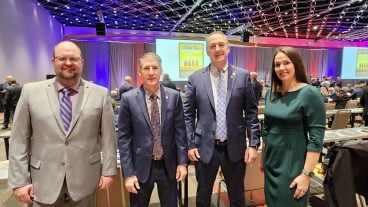
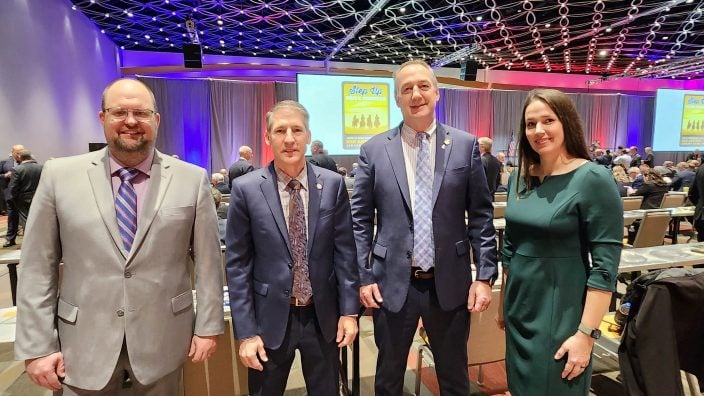
All 13 policies that came from Ohio were passed on the AFBF delegate floor.
Read More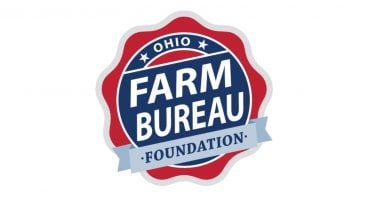
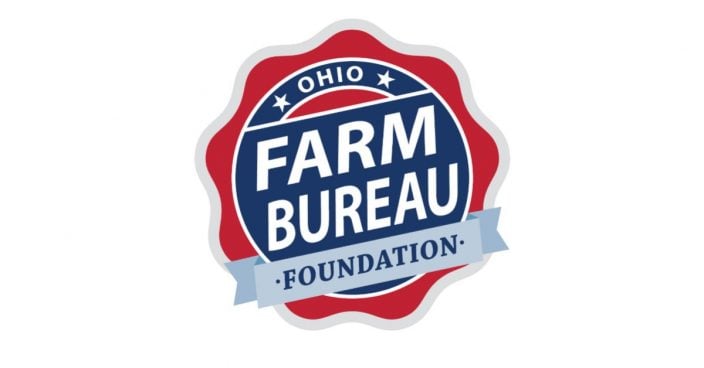
Buckeye Local is pioneering a new standard in rural education innovation, merging physical infrastructure with curricular advancements to deepen students’ interest in agriculture and its extensive career options.
Read More

Ohio Farm Bureau Young Agricultural Professional Abby Campbell of Washington County is the winner of the 2025 American Farm Bureau Discussion Meet.
Read More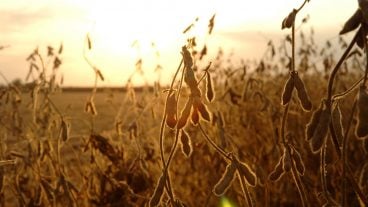
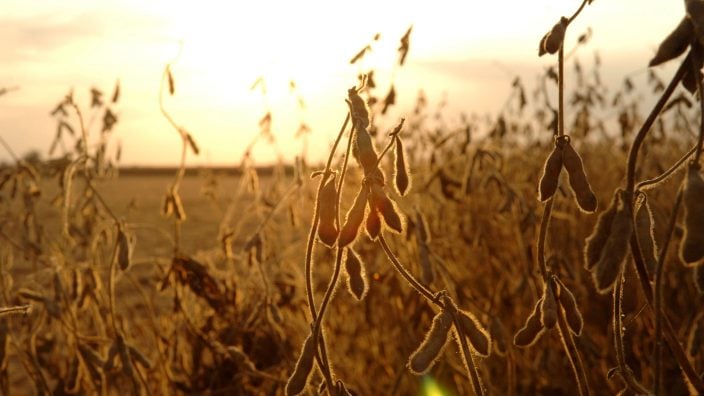
On Jan. 24, the Supreme Court issued an order granting a request by the government to allow enforcement of the Corporate Transparency Act (CTA) while litigation continues over the law.
Read More
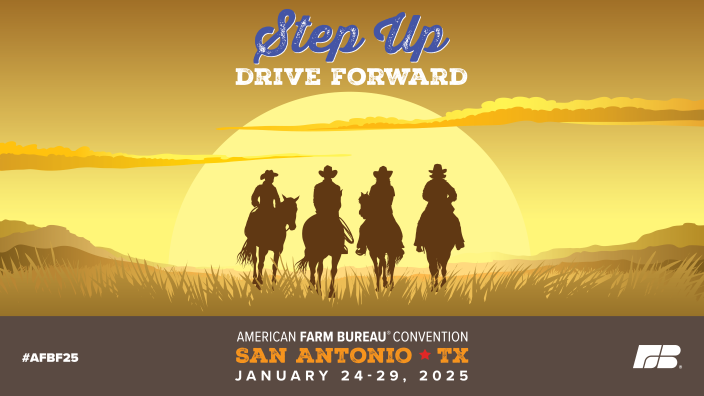
Follow the action as it’s happening in San Antonio on Ohio Farm Bureau social media channels: Facebook, YouTube, X and TikTok, using #AFBF25.
Read More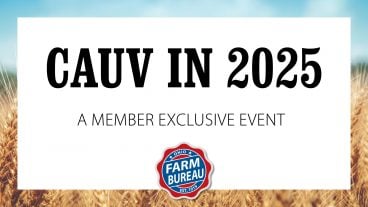
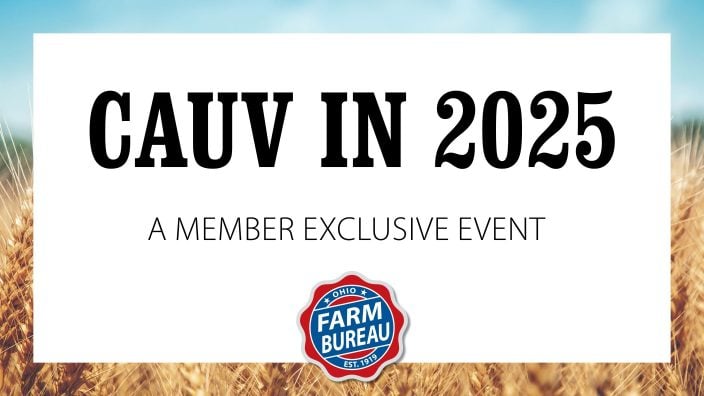
Join Ohio Farm Bureau for a free webinar Feb. 11 to discuss the recent increases in CAUV values, Registration is required.
Read More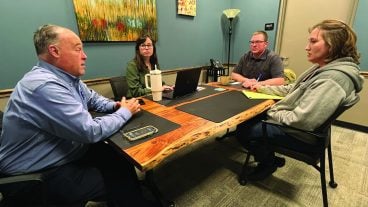
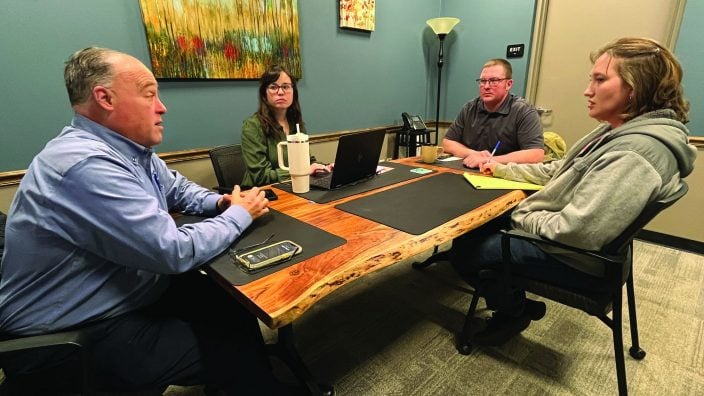
Dr. Ron Hanson helps counsel farm families to resolve conflicts while helping the next generation assure their financial future. He is a featured speaker at the 2025 Winter Leadership Experience.
Read More

Ohio Farm Bureau Foundation recently added four new board members and elected officers of its 14-member board, which oversees the charitable, nonprofit organization.
Read More

Grants support ag-related programming that enhances agricultural literacy efforts while creating pathways for young people to learn about ag careers.
Read More

Now through Feb. 28, you can receive free insulation when finishing an existing pole barn interior.
Read More